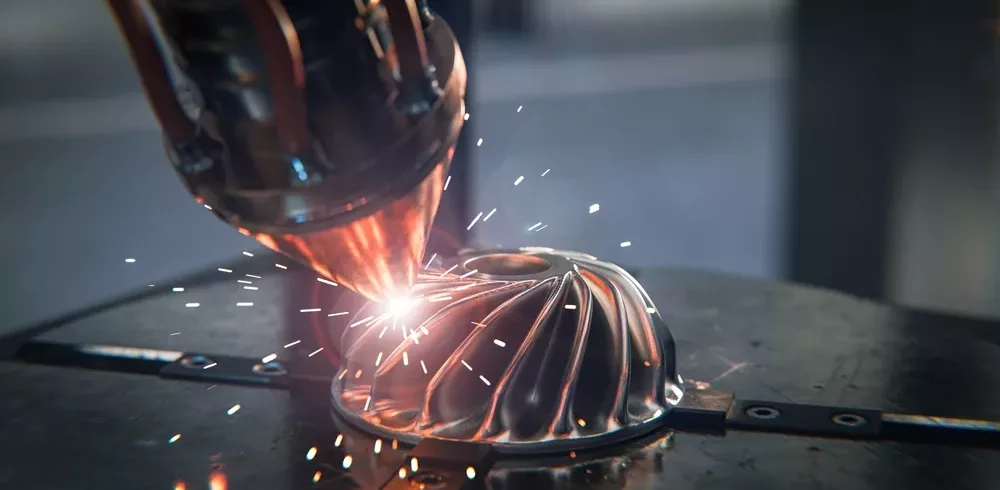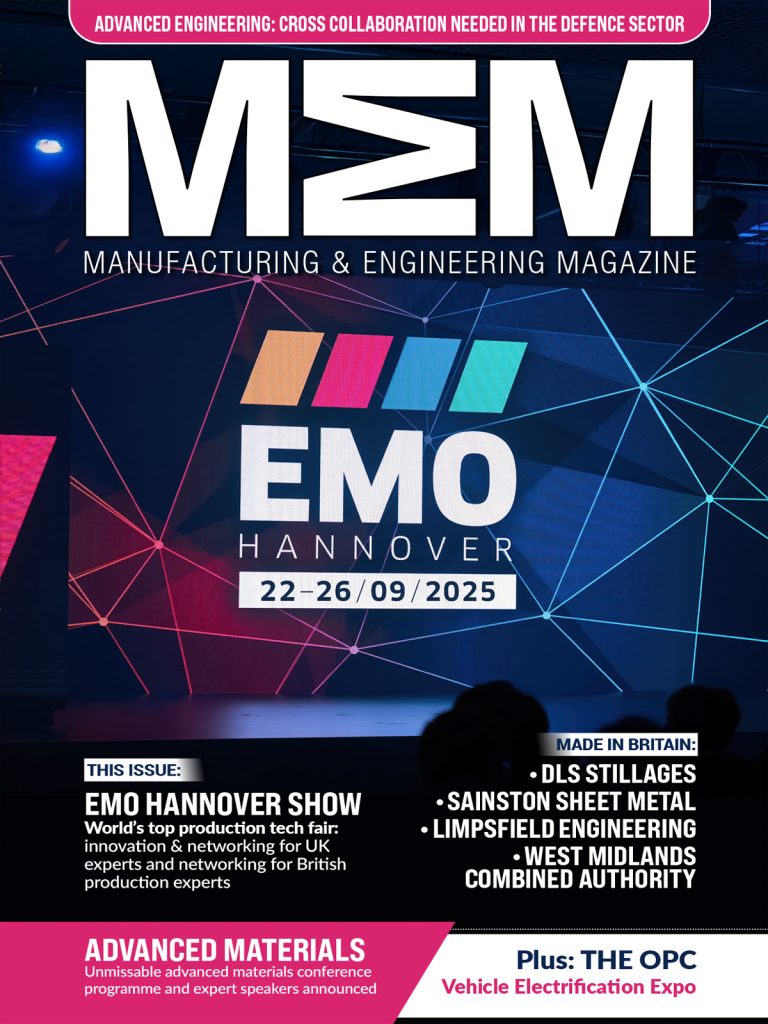Sustainability and Green Practices in Fabrication: Shaping a Greener Tomorrow : The world is awakening to the urgent need for sustainability, and the realm of fabrication is no exception. Green practices have taken center stage, transforming the way fabrication processes are conceived, executed, and perceived. In this blog post, we delve into the critical role of sustainability and green practices within the world of fabrication and their profound impact on our environment and future.
Sustainable Fabrication: The Need of the Hour
- Materials Selection: Sustainable fabrication starts with responsible materials selection. Opting for eco-friendly, renewable, or recycled materials reduces the environmental footprint of the fabrication process.
- Energy Efficiency: One of the most substantial contributions to sustainability lies in energy-efficient practices. Fabrication companies are increasingly turning to renewable energy sources, efficient machinery, and process optimization to minimize energy consumption.
- Waste Reduction: Traditional fabrication often generates substantial waste. Embracing green practices involves minimizing waste through techniques like lean manufacturing, recycling, and upcycling.
The Benefits of Green Practices in Fabrication
- Environmental Impact: By adopting sustainable practices, fabrication industries reduce their carbon emissions, minimize pollution, and protect natural resources. This is not just responsible business; it’s a commitment to a cleaner, healthier planet.
- Cost Savings: Sustainability and cost-efficiency often go hand in hand. Energy-efficient processes, waste reduction, and responsible material usage lead to significant cost savings over time.
- Market Advantage: Consumers and businesses alike are increasingly conscious of the environmental impact of the products they choose. Fabrication companies that embrace sustainability gain a competitive edge in the market and build a positive brand image.
- Compliance and Regulation: Governments are imposing stricter environmental regulations. Embracing green practices ensures compliance with these regulations, avoiding penalties and legal complications.
The Road Ahead: Challenges and Opportunities
While green practices in fabrication offer immense promise, they also present challenges. Implementing sustainable technologies and practices may require significant upfront investments, and there can be resistance to change within traditional manufacturing processes.
However, these challenges are opportunities in disguise. Embracing sustainability in fabrication is not only an ethical imperative but also a strategic decision that can lead to long-term success, cost savings, and enhanced reputation.
Conclusion: A Greener Tomorrow in Fabrication
Sustainability and green practices are reshaping the landscape of fabrication. By reducing environmental impact, lowering costs, and staying ahead of regulatory changes, fabrication industries are not just contributing to a greener tomorrow but also securing their own future in an environmentally conscious world. As the world continues to embrace sustainability, fabrication will play a pivotal role in building a more responsible and sustainable future.
Manufacturing & Engineering Magazine | The Home of Manufacturing Industry News














